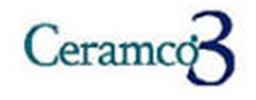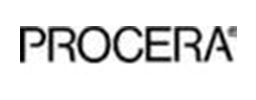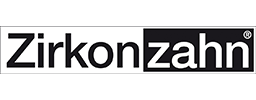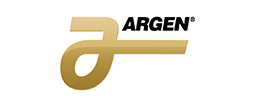Dental lab, Dental Laboratory, Excel Dental Lab - In search of excellence in dental laboratory
Excel Dental Lab Co., Ltd.
“ In search of excellence in dental laboratory ”
Dental lab, Dental Laboratory, Excel Dental LabProducts
 +662 277 6343, +662 277 6344, +6684 644 5865
+662 277 6343, +662 277 6344, +6684 644 5865
dental lab, dental Laboratory

Zirconia » Zirconia
Zirconia


Zirconium is a high-performance material, which has been used successfully since the seventies for orthopaedic purposes, i.e. for artificial limbs and joints. Zirconium is used in the dental technical field to implement almost all types of dental restorations. It is made of raw mineral materials, such as zirconium sand, chemically manufactured, partially stabilized with yttrium, and converted by mechanical procedures into zirconia blocks.
Due to its excellent biological characteristics, Zirconium is nowadays the preferred material for dental restorations. Tests revealed that in case of the use of zirconia no allergic reactions in the oral cavity area are to be expected in the mouth area. In case of correct constructions, firmness is given even after 50 years. Almost any kind of dental restoration is possible in zirconia. It is possible to make bridges of all sizes, cemented or screwed, also implant superstructures can be realized with this material.

Among the dental ceramic materials available today, zirconium oxide partially stabilized with yttrium is undisputedly the substance displaying the highest flexural and tensile strength. Our material, Zirkonzahn made in Italy, has bending strength values of over 1400 MPa, a Vickers hardness of 1250, a density in the sintered condition of 6.05 g/cm3 and a Weibull module of > 12. The material facilitates and enables the production of aesthetical, high-quality dental prosthesis which, in addition, stands out by perfectly fitting, by its strength and fracture resistance. The zirconia blocks are manufactured according to a biaxial compression moulding procedure, by which the same pressure is applied above and below, so that shrinking can be checked exactly. At our lab, you can choose between zirconia crown made by manual milling system or CAD/CAM technology.

Zirkonzahn Zirconia Data

Benefits

• high translucency
• no black margins
• extremely solid
• Longevity
• absolutely metal free
• excellent biocompatibility
• Can be manually-milled or CAD/CAM-milled
Indications
• Ideal for anterior or posterior crowns and bridges of any span
• Indicated for its ability to conceal dark colored preparations, endodontically treated teeth, post and cores, and implant abutments
• Ideal for bruxers or heavy-bite patient (in case of full zirconia)
• Suitable for Maryland bridge, inlay, onlay (in case of full zirconia)
Contraindications
• Contraindicated for veneers due to the thinness of the prep and visibility of the margin
• Contraindicated for certain orthodontically compromised situations
Preparation

• Incisal/Occlusal Reduction: 1.5 - 2.0mm
• Facial Reduction: 1.5 - 2.0mm
• Cervical Reduction: 1.5mm to 1.0mm, ending with a deep chamfer or shoulder finish
Cementation
• Cementation using standard cementation materials and technique
Full Contour Zirconia (FZ) or Monolithic Zirconia
A reoccurring issue in our professional circles is the question whether solid, full-contour Zirconia crowns are at all indicated in the view of aesthetics, abrasion characteristics, compatibility and strength. Zirkonzahn has developed the highly translucent Prettau® Zirconia which is used in conjunction with a specialized colouring technique that eliminates the use of veneer ceramics entirely. In this way, aesthetically pleasing Full-Zirconia (FZ) restorations, i.e. monolithic, can be realized.
Especially in the field of implant dentistry, in cases of limited available space or bruxism or restorations with tissue flanges, full zirconia comes into use. One of the many advantages is the complete elimination of posterior occlusal chipping because only the labial or buccal surfaces are porcelain veneered; all functional areas are maintained as solid monolithic zirconia.

Lab cases »
Copyright © 2024-2025 Excel Dental Lab Co., Ltd. All rights reserved.
















